The structure of the intermediate formed in the Riemer Tiemann reaction is :
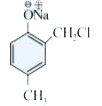
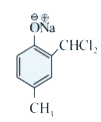
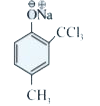
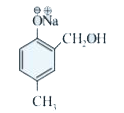
To determine the structure of the intermediate formed in the Riemer-Tiemann reaction, we can follow these steps:
Step 1: Understand the Riemer-Tiemann Reaction
The Riemer-Tiemann reaction involves the reaction of phenols with chloroform (CHCl3) in the presence of a strong base, usually sodium hydroxide (NaOH). This reaction leads to the formation of ortho- and para-hydroxybenzaldehydes.
Hint: Remember that the Riemer-Tiemann reaction specifically uses chloroform and a strong base to modify phenolic compounds.
Step 2: Identify the Reactants
In this case, we have a phenol derivative (let's say it is a substituted phenol with a methyl group, CH3) and chloroform. The base NaOH will deprotonate the phenol to generate a phenoxide ion.
Hint: The phenol will lose a proton to form a phenoxide ion, which is crucial for the reaction mechanism.
Step 3: Formation of Dichlorocarbene
When chloroform reacts with NaOH, it generates dichlorocarbene (CCl2), which is an electrophile. This step is important as the dichlorocarbene will react with the phenoxide ion.
Hint: Keep in mind that CCl2 is electron-deficient and will seek to react with nucleophiles like the phenoxide ion.
Step 4: Nucleophilic Attack
The phenoxide ion (which has a negative charge on the oxygen) attacks the dichlorocarbene (CCl2). This results in the formation of a new intermediate where the CCl2 is now bonded to the aromatic ring.
Hint: The nucleophilic attack will lead to the formation of a new carbon-carbon bond in the aromatic system.
Step 5: Rearrangement and Proton Transfer
After the nucleophilic attack, the intermediate will undergo rearrangement. The oxygen atom will have a negative charge, and a proton will be abstracted from the hydroxyl group, leading to the formation of a carbonyl group (C=O) and the release of a water molecule.
Hint: Look for the formation of a carbonyl group as a sign of rearrangement in the intermediate.
Step 6: Final Structure of the Intermediate
The final structure of the intermediate will have a benzene ring with a methyl group (CH3), a hydroxyl group (OH), and an aldehyde group (CHO). The structure can be represented as follows:
- Benzene ring with:
- One methyl group (CH3)
- One hydroxyl group (OH)
- One aldehyde group (CHO)
Hint: The presence of both the aldehyde and hydroxyl groups on the aromatic ring is characteristic of the intermediate formed in the Riemer-Tiemann reaction.
Conclusion
The structure of the intermediate formed in the Riemer-Tiemann reaction is a substituted benzaldehyde with a hydroxyl group. The correct answer corresponds to the option that depicts this structure.
---
The Riemer-Tiemann reaction involves the reaction of phenols with chloroform (CHCl3) in the presence of a strong base, usually sodium hydroxide (NaOH). This reaction leads to the formation of ortho- and para-hydroxybenzaldehydes.
In this case, we have a phenol derivative (let's say it is a substituted phenol with a methyl group, CH3) and chloroform. The base NaOH will deprotonate the phenol to generate a phenoxide ion.
When chloroform reacts with NaOH, it generates dichlorocarbene (CCl2), which is an electrophile. This step is important as the dichlorocarbene will react with the phenoxide ion.
The phenoxide ion (which has a negative charge on the oxygen) attacks the dichlorocarbene (CCl2). This results in the formation of a new intermediate where the CCl2 is now bonded to the aromatic ring.
After the nucleophilic attack, the intermediate will undergo rearrangement. The oxygen atom will have a negative charge, and a proton will be abstracted from the hydroxyl group, leading to the formation of a carbonyl group (C=O) and the release of a water molecule.
The final structure of the intermediate will have a benzene ring with a methyl group (CH3), a hydroxyl group (OH), and an aldehyde group (CHO). The structure can be represented as follows:
- One methyl group (CH3)
- One hydroxyl group (OH)
- One aldehyde group (CHO)
The structure of the intermediate formed in the Riemer-Tiemann reaction is a substituted benzaldehyde with a hydroxyl group. The correct answer corresponds to the option that depicts this structure.
Similar Questions
Knowledge Check
The structure of the intermediate I is
A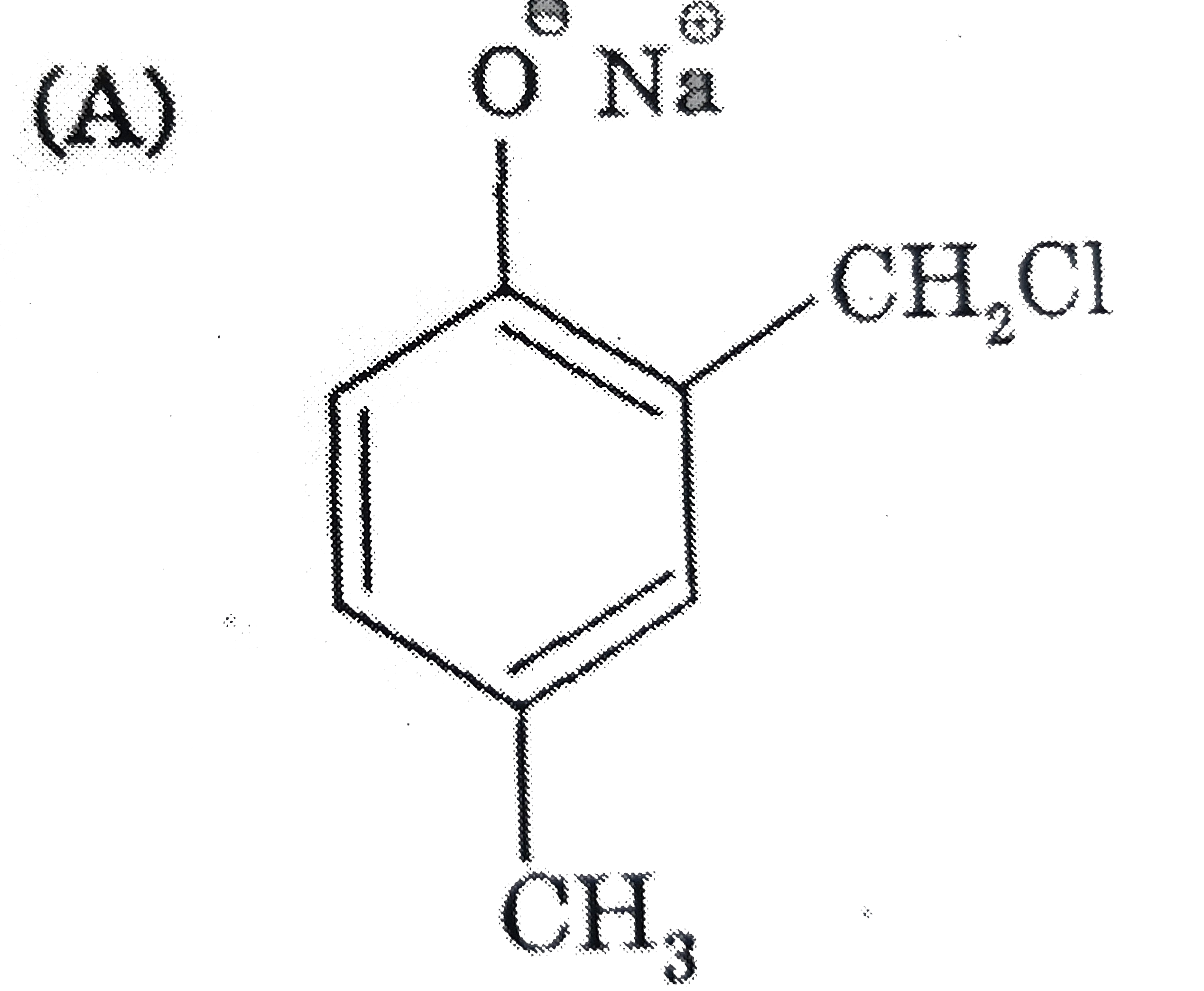 B
B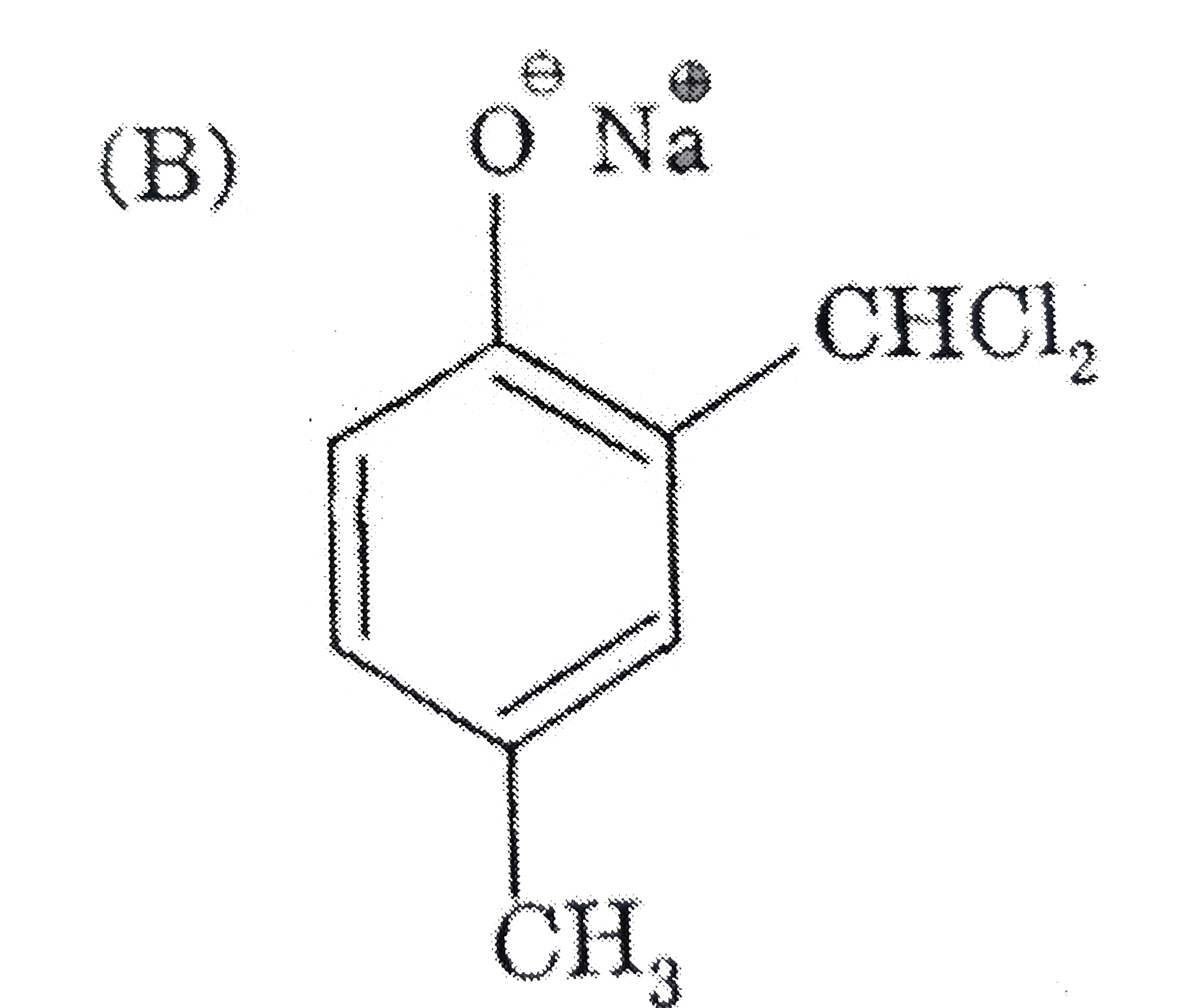 C
C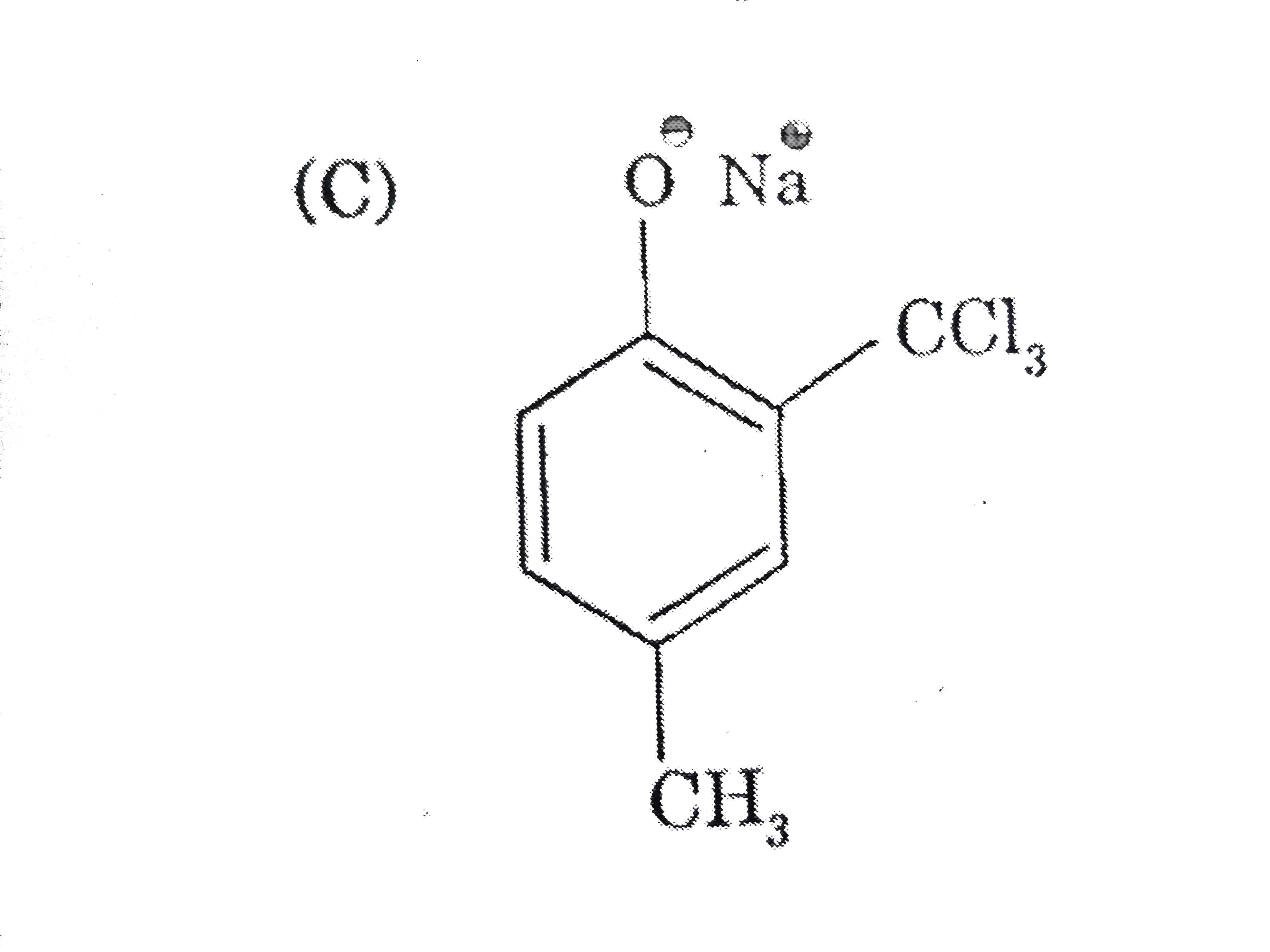 D
D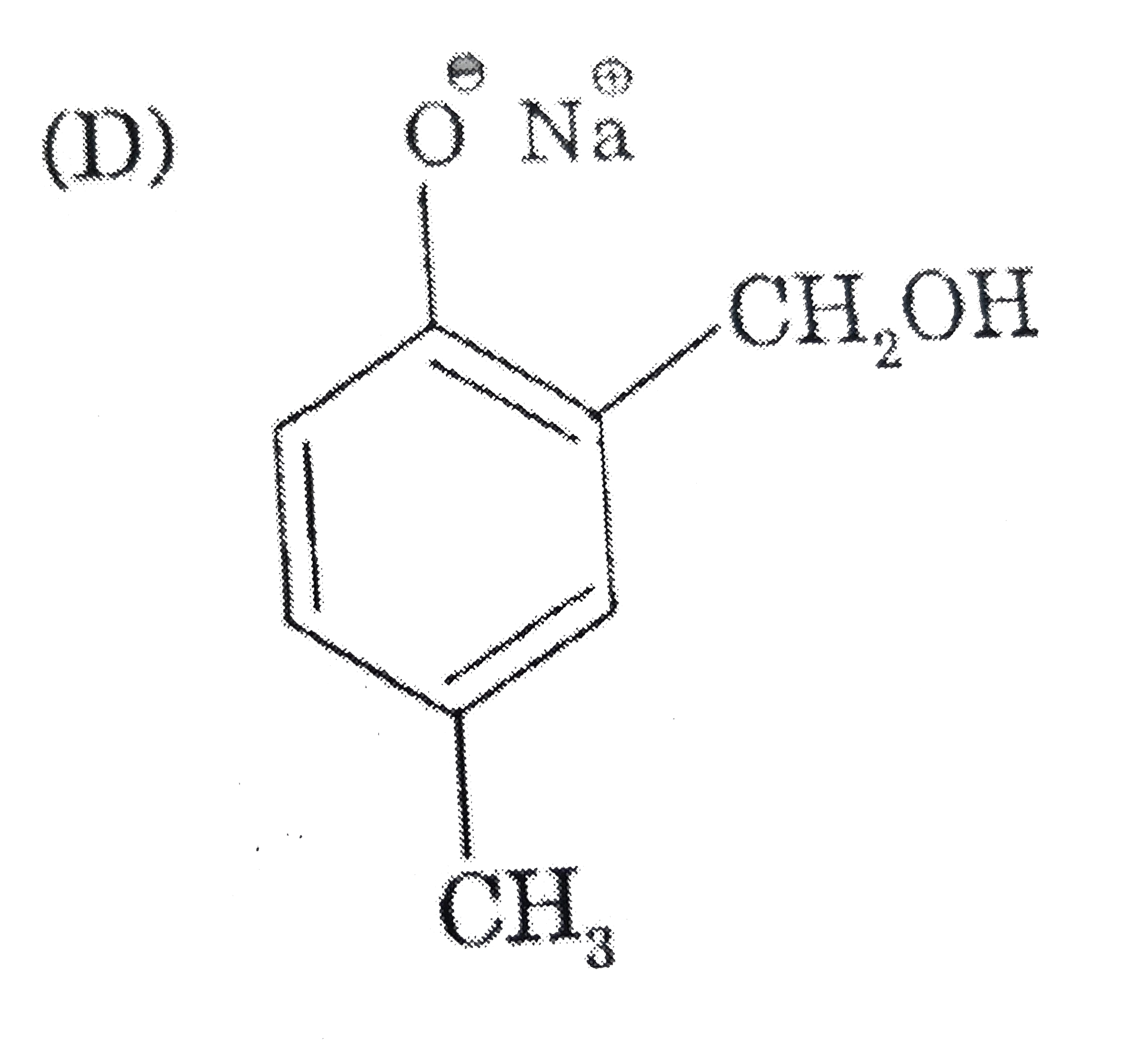
Intermediate involved in Reimer- Tiemann reaction is
AcarbocationBcarbanionCcarbeneDfree radical.Intermediate involved in Reimer-Tiemann reaction is
ACarbocationBCarbanionCCarbeneDFree readical

The intermediate species formed in the above reaction is:
View SolutionPhenol gives Reimer Tiemann reaction with :
View SolutionThe structure of the intermediates involve in the HVZ reaction of bromine with RCH2CO2H
View Solutionthe intermediate compound formed in Frankland's reaction is
View SolutionWhich of the following intermediate is formed in Reimer-Teimann reaction ?
View Solution
